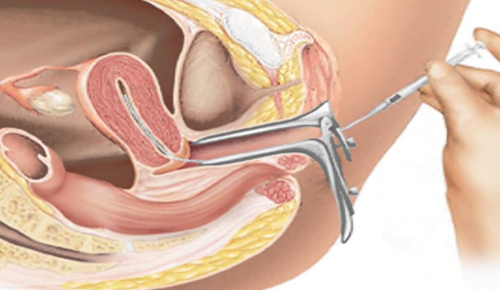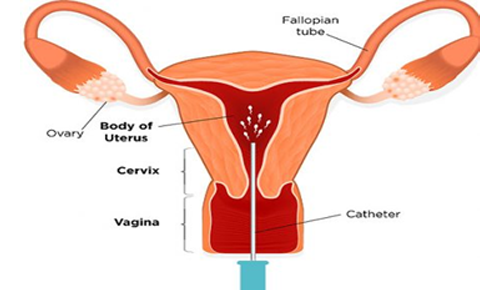
Sustainable Construction
Lorem ipsum dolor...

Spermatozoon motility is the single most important in sperm transport through the cervix, although other factors play a role. At mid-cycle. At the peak of cervical mucus quality, spermatozoa not trapped in the coagulum enter the cervix almost instantly (within 30 - 60 sec of ejaculation). Some spermatozoa migrate and are transported into the uterus and tubes rapidly. Others are stored in cervical mucus and released continually for 2 to 4 days. Observation of the sperm in cervical mucus 7 days postcoital is not uncommon.
Of the million of the spermatozoa normal ejaculated in to vagina, only 0.1 – 1 % reach the uterus. Of these, merely 1000 – 5000 spermatozoa can actually be found in the fallopian tube ampulla, i.e., at the site of fertilization. All excess spermatozoa are removed through phagocytises by leukocytes that inter the uterus in large approximately 10 to 24 hrs after first spermatozoon entry. Spermatozoa may also leave the genital tract by passing into the peritoneal cavity via the fimbriated end of the fallopian tube. Spermatozoa have been found in the fallopian tube ampulla upto 85 hrs after coitus.
seminal plasma helps spermatozoa penetrate cervical mucus, some of its components (e.g. prostaglandins, zinc) are obstacles to the achievement of pregnancy when natural barriers are bypassed in ART, such as intrauterine insemination (IUI) or in-vitro fertilization (IVF). The separation of human
spermatozoa from seminal plasma to yield a final preparation containing a high percentage of morphologically normal and motile cells, free from debris, non-germ cells and dead spermatozoa, is important for clinical practice. Diluting semen with culture media and centrifuging is still used for preparing normozoospermic specimens for IUI. However, density-gradient centrifugation anddirect swim-up are generally preferred for specimens with one or more abnormalitiesin semen parameters
The choice of sperm preparation technique is dictated by the nature of the semen sample. For example, the swim-up technique is often used when the semen samples are considered to be largely normal, whereas in cases of severe oligozoospermia, teratozoospermia or asthenozoospermia,density gradients are usually preferred because of the greater total number of motile spermatozoa recovered.




